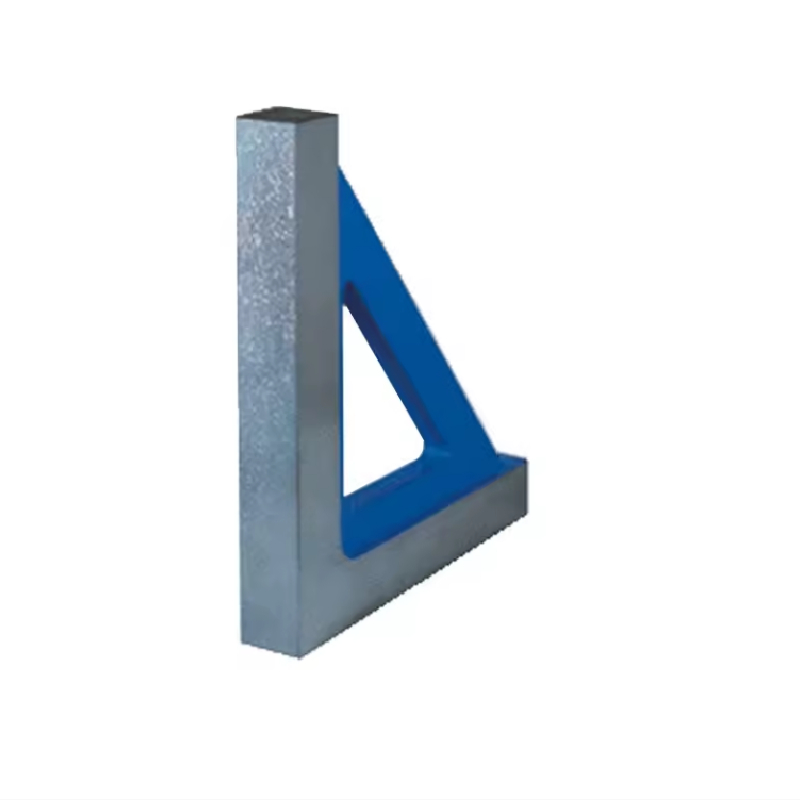ທ.ວ. . 05, 2024 08:08 Back to list
Choosing the Right Vibration Pads for Equipment Stability and Longevity
The Importance of Equipment Vibration Pads in Industrial Applications
In the world of industrial operations, the efficiency and longevity of machinery and equipment play crucial roles in maintaining productivity and reducing operational costs. One of the often-overlooked components that can significantly impact both equipment performance and workplace safety is vibration pads. Specifically designed to absorb and isolate vibrations generated by machinery, these pads can stabilize equipment and enhance overall functionality. In this article, we will explore the importance of equipment vibration pads and their various applications in industrial settings.
Understanding Vibration and Its Effects
Vibrations can be caused by numerous factors in industrial environments, including the normal operation of machinery, imbalances in rotating parts, and external disturbances such as nearby traffic or environmental events. Over time, unchecked vibrations can lead to equipment wear and tear, alignment issues, premature failure, and even safety hazards. For instance, excessive vibration can cause bolts to loosen, leading to catastrophic failures, increased maintenance costs, and even worker injuries.
To mitigate these issues, equipment vibration pads are employed as a solution to absorb and dampen vibrations, prolonging the equipment's lifespan and ensuring safer working conditions.
The Function of Vibration Pads
Vibration pads are typically made from materials with high damping properties, such as rubber, neoprene, or specialized composite materials. These pads serve several important functions
1. Vibration Absorption The primary function of vibration pads is to absorb vibrations that occur during the operation of equipment. By doing so, they significantly reduce the amplitude of vibration transmitted from the equipment to the foundation, floor, and surrounding structures.
2. Equipment Stability Vibration pads help to stabilize machinery by providing a cushioning effect that minimizes movement and displacement. This stability is essential for maintaining precise operations, especially in applications that require strict tolerances.
3. Noise Reduction In addition to vibration control, these pads can also help reduce noise levels generated by machinery. The damping effect not only minimizes operational vibrations but also lowers audible noise, creating a more comfortable working environment for operators.
4. Protection Against Damage By absorbing shocks and vibrations, equipment vibration pads protect sensitive machinery from unexpected jolts and impacts. This protection is particularly critical for precision instruments and high-speed equipment.
equipment vibration pads

Types of Vibration Pads
There are various types of vibration pads available, each designed for specific applications
1. Neoprene Pads Known for their durability and resilience, neoprene pads can withstand high temperatures and provide excellent vibration isolation. They are commonly used in construction equipment, HVAC systems, and industrial machinery.
2. Rubber Pads These pads are versatile and widely used in various applications. They effectively absorb vibrations and can be found under compressors, generators, and heavy machinery.
3. Composite Pads Engineered from a mix of materials, composite pads offer unique advantages in terms of performance. They provide superior vibration control and are often used in situations where additional damping is required.
4. Custom-Made Pads For specific applications, custom vibration pads can be designed to meet the needs of particular machinery or operational requirements. These pads can be tailored in terms of size, shape, and material composition for optimal performance.
Application in Industries
Equipment vibration pads find application across a multitude of industries, including manufacturing, telecommunications, construction, and transportation. In manufacturing, they are essential for CNC machines, lathes, and assembly lines to ensure precision and reduce wear. In the telecommunications sector, vibration pads are critical for stabilizing sensitive communication equipment, preventing signal interference.
Conclusion
Overall, equipment vibration pads are crucial elements in maintaining the efficiency, safety, and longevity of industrial machinery. By effectively absorbing vibrations, they not only protect valuable assets but also enhance productivity and create a safer working environment for personnel. As industries continue to evolve, the importance of vibration control technology, including vibration pads, will only increase, making them indispensable in modern industrial applications. Investing in quality vibration pads is a strategic decision that can yield significant long-term benefits for any operation.
-
Why Metric Trapezoidal Thread is Ideal for Precision Motion ControlNewsAug.05,2025
-
The Unique Properties of a Block of Granite for Industrial UseNewsAug.05,2025
-
The Role of Flanged Y Strainers in Preventing Pipeline ClogsNewsAug.05,2025
-
The Importance of Regular Calibration for Master Ring GagesNewsAug.05,2025
-
How a Cast Iron Surface Table Enhances Accuracy in ManufacturingNewsAug.05,2025
-
Comparing Different Check Valve Types for Optimal Flow ControlNewsAug.05,2025
Related PRODUCTS









